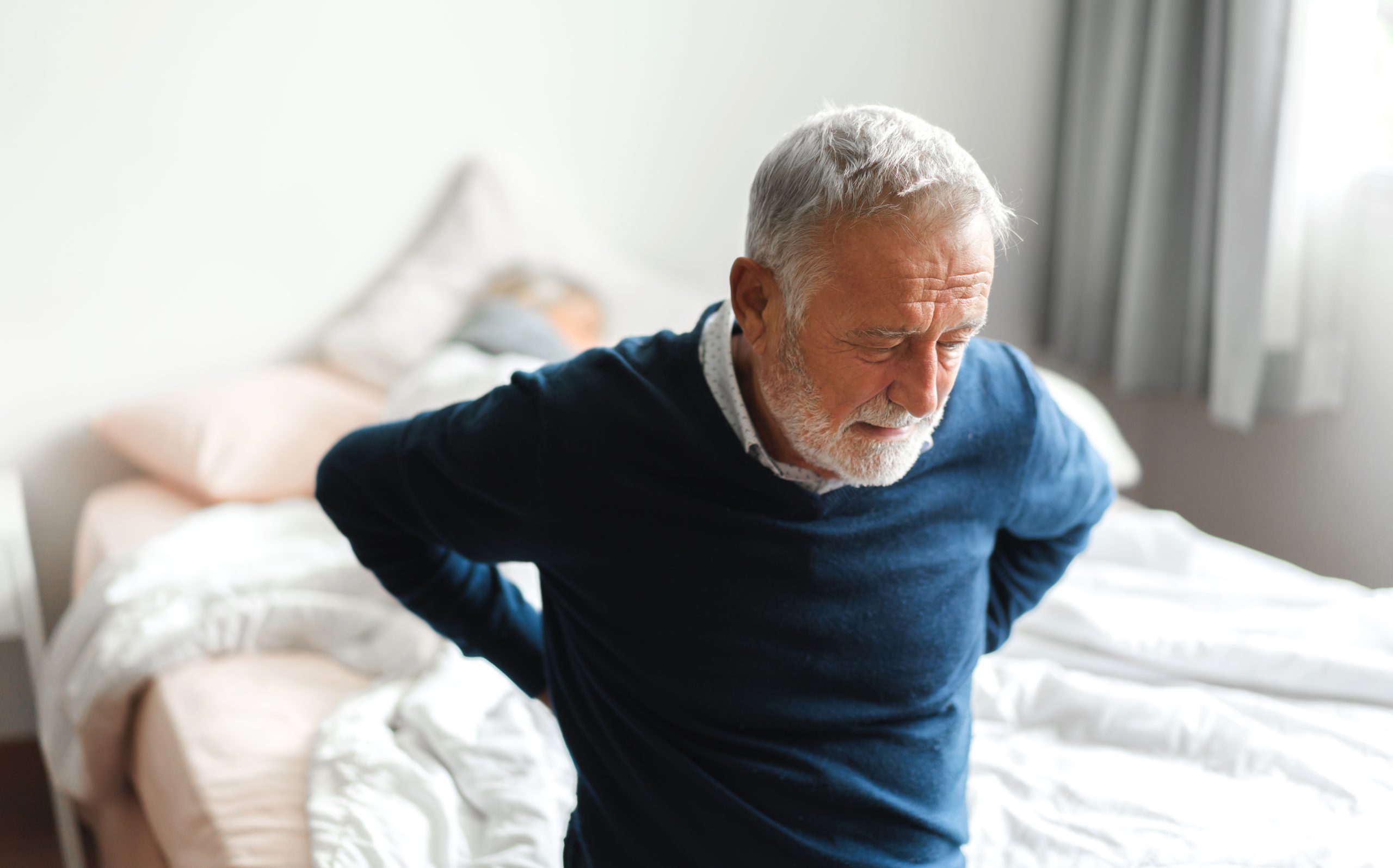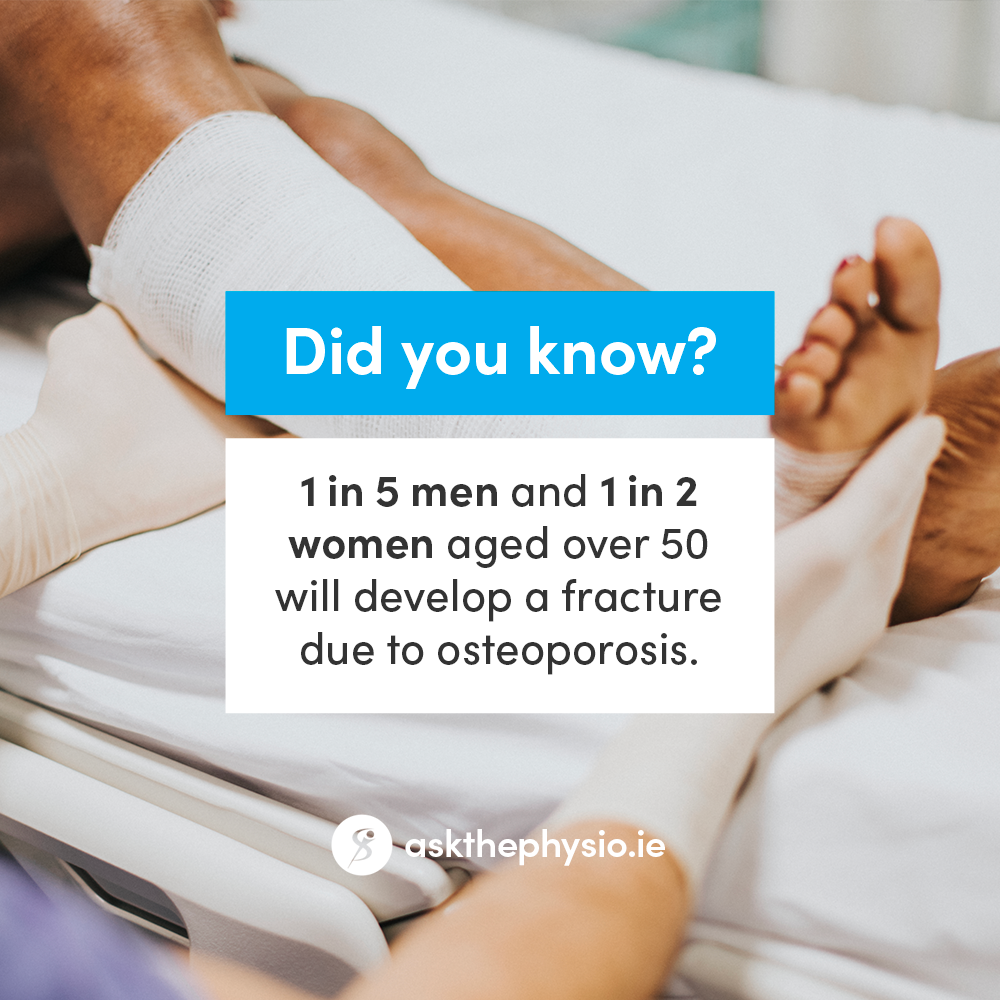Access resources to support your practice
What is it?
We started this campaign to bring public awareness to their bone health, and the control they have over it. Not only do they have control, but there lies strong support for them in Chartered Physiotherapists. Our message is that physios are experts in promoting good bone health, and managing deteriorating conditions. We want to educate the public and encourage them to trust physiotherapists with the care and management of their bone health.
Why Bone Health?
- Raising awareness of the control the public have over their bone health
- Exercise longevity
- Quality of life longevity
- Promoting bone health in the youth
- Shining a light on the role of nutrition in bone health
It is our role to bring the public’s awareness to the health of their own bones and give them what they need to act.


Vigilance for Vertebral Fractures
- One in eight people over 50 will have a vertebral fracture. One in 5 women over 70 will have a vertebral fracture. There may be no clinical symptoms or physiotherapy may be their first port of call for back pain. 20% of cases will occur as a result of a fall but many happen during routine daily activities.
- In terms of suspecting vertebral fractures, there are often no stand out symptoms to be alert to when assessing back pain. It is very important to know the risk factors for osteoporosis and, if present, a high index of suspicion is prudent.
- Only 1/3 are diagnosed, however, they are a strong predictor of further, potentially serious fractures. Having them diagnosed is a very important step towards preventing the next fracture.
- 55% of women admitted to hospital with hip fractures will have had a previous vertebral fracture – often discovered incidentally.
People diagnosed with osteoporosis should not be discouraged from movement and activity. They should be advised on how to move safely rather than not to move. They should be encouraged to do more, not less.
Campaign Toolkit
If you are a physiotherapist and would like to support this campaign you can download the following resources:
All of these are available for you to use in your practice, on your website and via your social media channels.
Spreading the Word
If you are a physio you can share the message
Download the link to access the resources
Share the social posts on your own social media channels
Share the factsheets and website link with your patients
Don’t forget to use the hashtag #AskthePhysio
Top Exercises for Strengthening Bones
Squat
- Position yourself mid bar, resting the bar across the ledge created by the scapulae on the rear of the shoulder
- Hands are approx one thumb length from the edge of the bar knurling
- Position the feet under bar
- Retract shoulder blades and elevate the chest
- Stand straight and step a short distance backwards.
- Keep feet flat on floor, shoulder-width apart, with toes pointed slightly outward.
- Begin by flexing hips and knees simultaneously. A common fault that
- should be avoided is for athletes to bring their knees inwards during the descent.
- Bring hips and knees to parallel position.
- From the bottom position, drive upwards explosively to the start position, leading the movement with the chest.
- Squeeze gluteals on completion.
Deadlift
- Step up to the barbell with shins almost touching bar
- Flex at the hips, with minimal knee bend for rack pull deadlift. Knees will bend further on floor deadlift.
- Shoulders should be angled over the bar with the spine in neutral
- Draw scapulae back (You should feel a slight pull in your gluteals and hamstrings as a sensory feedback)
- Push the ground away to stand up holding the bar. Do not raise the bar.
- To lower the bar, maintain it close to your lower limbs, flexing at the hips again aiming to feel a slight pull in your rear chain
Overhead Press
- Rest bar on rack slightly below shoulder height
- Step in under bar and rest it on the acromions
- Hold bar slightly wider than shoulder width.
- Press the bar overhead, moving your head out of the way.
- Extend your elbows without over extending your back to achieve it.
- Slowly lower back to resting position.







